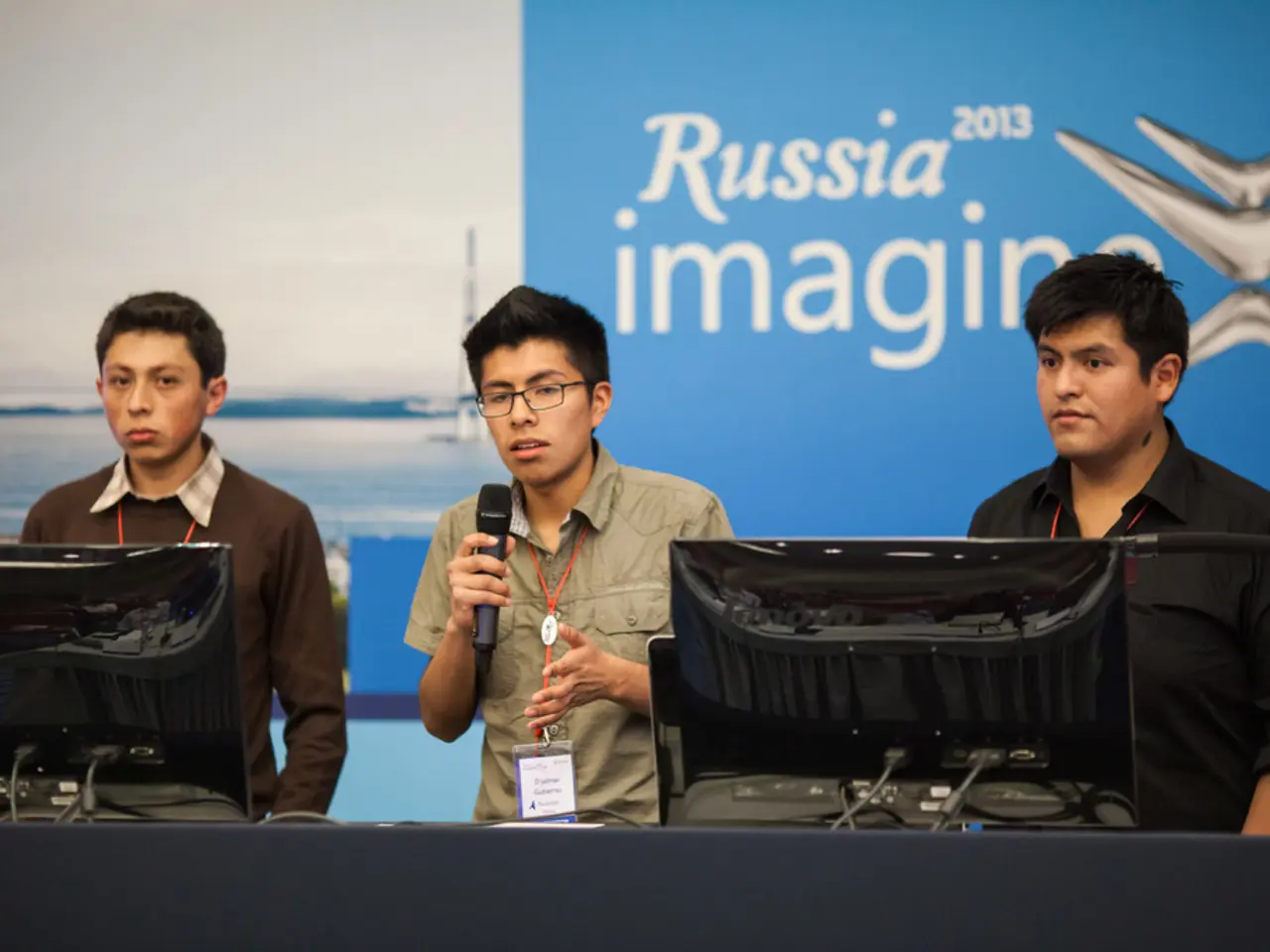The Influence of International Politics on Digital Security
In the rapidly evolving digital landscape, geopolitical tensions have significantly increased the frequency, scale, and sophistication of cyber attacks, particularly from state-sponsored actors.
Last January, the U.K. Labour Party suffered a cyberattack on a third-party company, marking the second time the party was attacked in the last two years [1]. Similarly, a U.S. federal agency was compromised, with hackers installing cryptocurrency mining software and launching a malware attack to steal sensitive data [1].
The Russia-Ukraine War has posed challenges for both countries, but also for international organizations and large multinational corporations. These entities are facing mounting cyber threats, including distributed denial of service (DDoS) attacks, increases in malware, targeted phishing attempts, disinformation campaigns, and cyber-physical system attacks [2].
Iran exemplifies how geopolitical conflict drives cyber threats. Iranian state-sponsored groups have ramped up destructive cyberattacks, strategic espionage, and psychological operations targeting global critical infrastructure and sensitive industries [2]. They use advanced tactics like AI-powered malware disguised as legitimate documents and covert operations posing as legitimate entities to steal sensitive intelligence [2].
To protect themselves, multinational companies can adopt several measures. Deploying advanced cybersecurity technologies like next-generation firewalls with threat prevention capabilities can help detect and block sophisticated threat actors [2]. Implementing environment-specific intelligence and monitoring can help identify and respond promptly to geopolitical-driven threats [2].
Increasing cyber resilience through diversity of defenses is also crucial. This involves combining technical solutions with employee training to mitigate social engineering and AI-powered scams [3]. Adhering rigorously to global and local regulatory cybersecurity requirements is essential, as compliance is critical for defense against threats exploiting regulatory gaps [3].
Investing in proactive risk management and incident response mechanisms is also important, as geopolitical risks translate into significant business risks, including operational interruptions and intellectual property theft [3]. Collaboration with governments and industry groups to share threat intelligence can improve defense effectiveness [3][4].
Protecting critical infrastructure components, supply chains, and sensitive data stores is also key, as they are prime targets during geopolitical conflicts [1][2]. In the digital era, organizations, particularly those with international stakeholders, must focus on protecting themselves from geopolitical tensions and ongoing national and international cybersecurity threats.
The U.S. Department of Defense (DoD) has recently introduced the CMMC (Cybersecurity Maturity Model Certification) to bolster DoD contractors' cybersecurity programs and increase resilience to cyberattacks [5]. Various government agencies, like the U.S. Cybersecurity and Infrastructure Security Agency (CISA), work to educate the public about cybersecurity threats and recommend a proactive approach to cybersecurity [6].
In conclusion, companies, especially those working internationally, must secure their networks, servers, and applications due to the increasing risks in the cybersecurity landscape. Adopting advanced, AI-based solutions that can detect and prevent attacks before they happen is crucial. In the face of heightened geopolitical tensions, organizations must prioritize cybersecurity to protect their sensitive data and critical infrastructure.
References:
[1] The Guardian. (2022, January 14). Labour party data breach: What we know so far. Retrieved from https://www.theguardian.com/politics/2022/jan/14/labour-party-data-breach-what-we-know-so-far
[2] McAfee. (2021). Advanced Threat Research Q3 2021 Report. Retrieved from https://www.mcafee.com/blogs/other-blogs/advanced-threat-research/advanced-threat-research-q3-2021-report/
[3] Deloitte. (2021). Cyber Risk Services. Retrieved from https://www2.deloitte.com/us/en/pages/risk/articles/cyber-risk-services.html
[4] Europol. (2021). Cybersecurity Threat Landscape 2021. Retrieved from https://www.europol.europa.eu/activities-services/publications/cybersecurity-threat-landscape-2021
[5] DoD. (2020, January 28). Cybersecurity Maturity Model Certification (CMMC). Retrieved from https://www.acq.osd.mil/cmmc/
[6] CISA. (n.d.). CISA. Retrieved from https://www.cisa.gov/
- To counteract advanced cyber threats like AI-powered malware and phishing attempts, companies can augment their security measures with technology solutions, such as next-generation firewalls and proactive risk management strategies.
- In response to the increasing frequency and sophistication of state-sponsored cyberattacks, multinational organizations should invest in environment-specific intelligence and monitoring to identify and respond promptly to geopolitical-driven threats.
- International collaboration, through sharing threat intelligence with governments and industry groups, can help strengthen an organization's defense capabilities and improve overall effectiveness against ongoing national and international cybersecurity threats.
- In order to protect their critical infrastructure and sensitive data from geopolitical tensions, companies should focus on adopting advanced, AI-based technologies and implementing strict cybersecurity regulations, training, and employee awareness programs.




